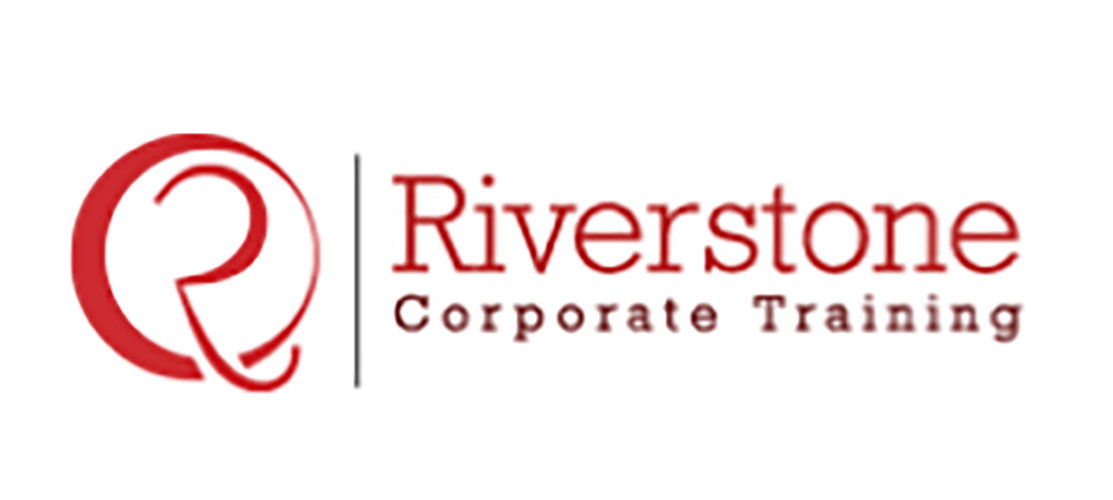What These People Did Wrong in Capital Lease vs. Operating Lease
Definition of the Capital Lease vs. Operating Lease
A capital lease is treated like an asset that remains on a company’s balance sheet, whereas an operating lease remains off the balance sheet. A capital lease is like a loan where the asset is treated like being owned by the lessee, while an operating lease is more like renting; hence, it is considered an operating expense. Capital Lease vs. Operating Lease is very important in accounting and treatment of expenses as revenue or capital in nature. Capital Lease vs. Operating Lease can be very confusing and may lead to the wrong accounting of the expenditure.
Features of Capital Lease vs. Operating Lease
The qualities of Capital Lease are listed below:
- It is a contract that entitles the lessee the temporary ownership of the asset.
- The renter needs to book assets and liabilities associated with the lease if the rental contract meets the given requirements.
- Lessee has the economic ownership of asset for accounting purposes.
- The contract gives the lessee option to buy the asset at a discount to the fair market price at the end of the lease term.
In order to understand Capital Lease vs. Operating Lease, you need to understand the operating lease
Relationship of Capital Lease vs. Operating Lease
The qualities of Operating Lease are listed below:
- This contract entitles the lessee the right to use the asset.
- It does not give any ownership rights to the lessee.
- Accounting for operating lease is governed by GAAP rules.
- Lease payments are considered operating expenses.
- Assets leased are expensed on the income statement, so they affect both operating and net income.
These explain the difference between the Capital Lease vs. the Operating Lease.
Capital Lease Criteria
The lease must meet one of the four criteria:
- Ownership – The asset ownership is transferred from the lessor to the lessee by the end of the lease term.
- Bargain option – The lessee has the option to bargain the price of assets to less than its current market value to buy the asset.
- Lease term – During the lease period, the asset should have at least 75% of its useful life remaining, or the lease is non-cancellable during that period.
- Present value – The present value of the minimum lease payments should be at least 90% of the asset value at the start of the lease period.
- Operating Lease – If none of the requirements of a capital lease are met, then the contract is qualified as an operating lease.
Difference between a capital lease vs operating lease
Under the capital lease, the lessee retains the ownership of the asset, while in an operating lease, the lessee is not the owner of the asset.
- Under a capital lease, the lessee pays the maintenance, insurance, and taxes, whereas, under an operating lease, all the expenses remain with the lessor.
- Under a capital lease, the lessee can claim the depreciation, whereas, under the operating lease, the lessee is not concerned with the depreciation.
- Usually, in the capital lease, the present value of lease payments is greater than or equal to 90% of the original cost, whereas in operating, it is generally less than 90% of the asset’s market value.
Usage of capital lease vs operating lease
To conclude, Capital Lease vs. Operating Lease both have different significance for lessee and lessor. In the case of the capital lease, the lessee owns the assets and can claim depreciation, whereas, under the operating lease, the lessee is not the asset owner and is not concerned with its depreciation.


